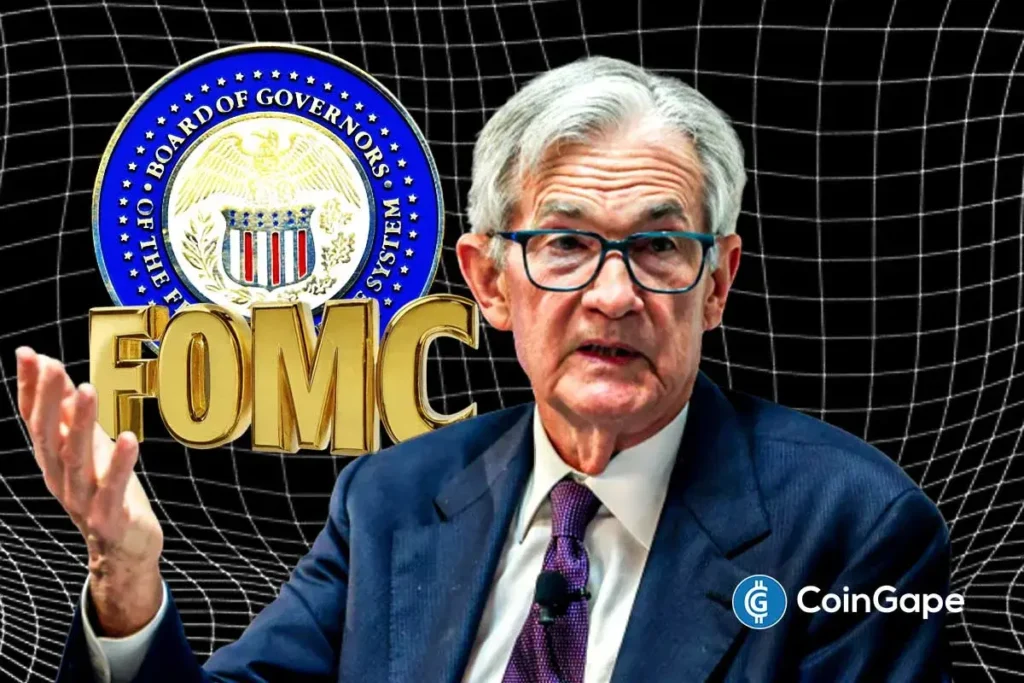Federal Reserve’s Focus on Inflation: Insights from FOMC Minutes
The recent FOMC minutes reveal a significant shift in the Federal Reserve’s approach, with an increased emphasis on inflation risks overshadowing concerns about a weakening labor market. This development has notably impacted the likelihood of a prospective Fed rate cut in September, especially as Fed Chair Jerome Powell prepares to address attendees at the Jackson Hole conference on August 22.
The Growing Concern Over Inflation
According to the minutes from the July FOMC meeting, a notable majority of participants expressed a heightened worry regarding upside risks to inflation, viewing these as surpassing the risks associated with potential job losses. While some participants felt the risks regarding employment and inflation were balanced, a few others believed job-related risks were more significant. This diversity in opinion highlights the Fed’s indecision as the economic landscape shifts, complicating their monetary policy strategy.
Cryptocurrency investors anticipated insights from the FOMC minutes, eager to gauge the Fed’s next steps and potential for a rate cut in September. Given the current emphasis on inflation and the disappointing July job growth—where nonfarm payrolls rose merely to 73,000, significantly below the forecast of 147,000—the anticipation for a rate cut has dwindled. The minutes suggest the Fed may lean towards maintaining rates instead of slashing them, focusing on the persistent inflation threat.
Inflation Trends and Revenue Implications
The inflation landscape is concerning, with the U.S. Producer Price Index (PPI) rising to 3.3% year-over-year in July. This uptick in inflation underscores the Fed’s challenges as it navigates competing economic indicators. At the same time, the labor market is showing signs of weakness, further complicating the conversation around rate changes. These conflicting signals leave the Federal Reserve at a critical juncture. Participants acknowledged that the comprehensive effects of tariffs from the previous administration could lead to "stubbornly elevated inflation," potentially obscuring the underlying trends and making it more challenging to craft effective monetary policies.
Rate Cut Odds Shift Amid Economic Indicators
The release of the FOMC minutes had an immediate effect on market sentiment, with CME FedWatch data indicating a slight decline in the likelihood of a September rate cut. The probability dropped to 82.9%, from approximately 85% prior to the minutes’ release. This subtle change reflects market participants’ reassessment of the Fed’s priorities in light of current inflation figures and labor statistics.
Following the release of these minutes, the price of Bitcoin experienced a sharp decline to approximately $113,300. However, the cryptocurrency market quickly rebounded, with Bitcoin regaining ground above $114,000. This volatility accentuates how sensitive crypto investors are to macroeconomic developments and the Fed’s monetary policy dialogue.
Focus on Powell’s Upcoming Speech
As the Jackson Hole conference approaches, all eyes will be on Jerome Powell’s upcoming speech. Investors are particularly keen to understand Powell’s stance—whether it leans towards a hawkish approach focused on controlling inflation or a dovish tone that could favor stimulating the economy through rate cuts.
The Jackson Hole forum has historically served as a significant platform for monetary policy discussions, and Powell’s remarks this year are likely to shed light on how the Fed plans to prioritize inflation in light of recent PPI data and employment trends. Observers will be watching carefully to discern the Fed’s commitment to monetary stability amidst fluctuating economic indicators.
Conclusion: Navigating Economic Uncertainties
In conclusion, the FOMC minutes indicate a critical pivot in the Federal Reserve’s focus, prioritizing inflation risks over labor market concerns. This shift has both direct implications for monetary policy and broader impacts on cryptocurrency markets, reflecting the interconnectedness of traditional and digital economies.
As the Fed navigates these turbulent economic waters, investors, analysts, and consumers alike will be closely monitoring upcoming statements from Fed officials, particularly at key forums like the Jackson Hole conference, for insights into future monetary policy. The delicate balance between managing inflation and supporting the labor market will continue to define the Fed’s trajectory in the months ahead, potentially influencing market behaviors across various sectors.


